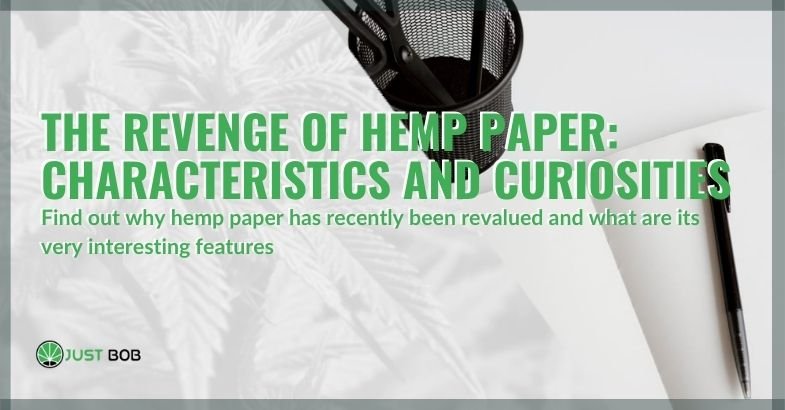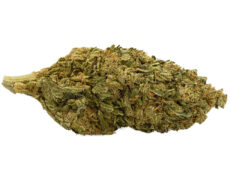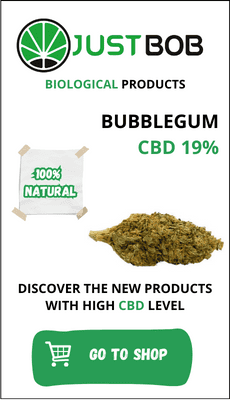Modified on: 26/04/2024
FIND OUT WHY HEMP PAPER HAS RECENTLY BEEN REVALUED AND WHAT ARE ITS VERY INTERESTING FEATURES
Have you ever heard of hemp paper?
In the past, paper made from CBD cannabis fibers was widespread. Over time, however, due to industrial needs and the characteristics of the paper itself, it has been almost completely replaced by paper made with wood cellulose.
-
 SMALL & BIG
SMALL & BIGBUBBLEGUM
Starting from: 1,25CHF/gIndoor | CBD – CBDA <22%
Grams3 5 10 20 50 100 -


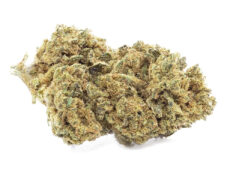
DO SI DOS
Starting from: 2,00CHF/gIndoor | CBD – CBDA < 19%
Grams3 5 10 20 50 100 -


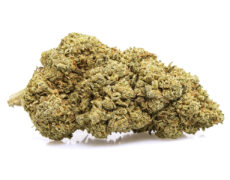
ROYAL GG#4
Starting from: 2,30CHF/gIndoor | CBD – CBDA < 40%
Grams3 5 10 20 50 100 -


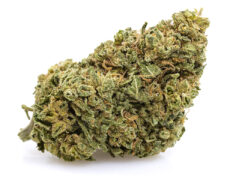
GORILLA GLUE
Starting from: 2,90CHF/gIndoor | CBD – CBDA < 20%
Grams3 5 10 20 50 100
Today hemp paper is again highly sought after.
Why?
What are its most interesting features?
Here are the main curiosities and the many properties of paper made from marijuana.
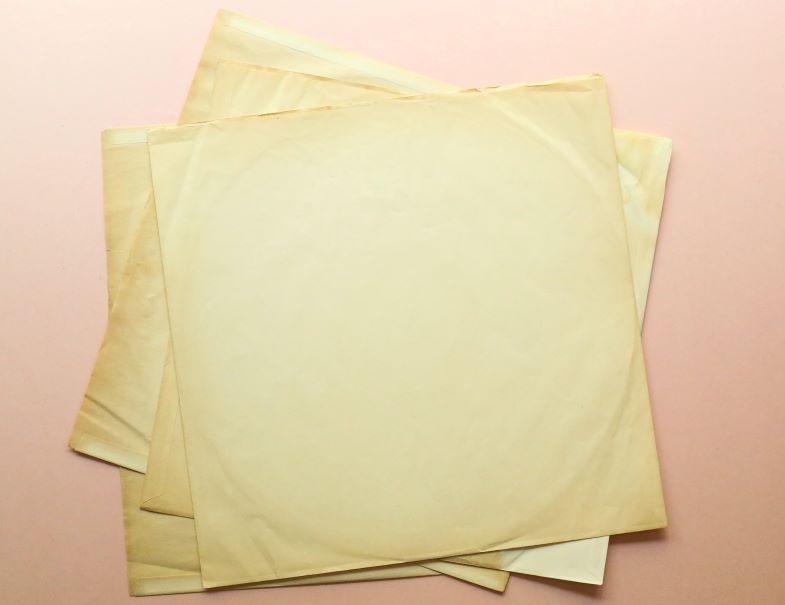

Hemp with a thousand properties: from the pharmaceutical industry to the paper industry
Generally, when you hear about legal marijuana, you refer to CBD flower and its derivatives (such as CBD oil, hashish, etc.).
Recently, however, industrial hemp has also been revalued in many sectors.
It seems that cannabis plants, in addition to possessing many substances that have been proved useful in the pharmaceutical sector, have exceptional characteristics also from the structural point of view.
The fibers of marijuana plants allow to create very resistant products with a low environmental impact: as in the case of hemp paper.
Hemp paper has always been used since ancient times. Later, with the start of industrialization and due to the very high demand of paper material, it was obscured by paper produced with other more convenient materials, such as cellulose extracted from trees.
But what has happened over time?
Why are we facing a change of course today?
Read also: Marijuana bud: what is it? How to recognise it and how to know its quality?
That’s why in recent decades cellulose paper has prevailed over hemp paper
If over the last decades cellulose paper has prevailed over all of the others, and in particular over the one made from CBD weed fibers, the reasons are multiple and mainly concern the appearance of the products and their processing.
The common wood cellulose paper, which we are used to using daily, is usually white and particularly smooth, therefore it lends itself very well to being used in the most disparate contexts.
The paper made from hemp, on the other hand, has a decidedly more natural and raw appearance. The color is not perfectly white, and its surface is much rougher and porous.
But this is not the only reason.
What in the past has pushed most paper mills to focus on cellulose to make paper is convenience.
In the past, due to its high malleability, wood cellulose could be processed more easily and more quickly.
Cannabis, on the other hand, having a higher percentage of ‘hard’ fiber, was more resistant to processing and consequently lengthened production times.
Resulting in?
Making cellulose paper was cheaper and the end result lent itself to many more uses than paper made from hemp (newspapers, printed books, etc.).
Despite of this, today hemp paper seems to be enjoying renewed success.
How come?
We’ll talk about it in the next paragraph.
The new boom in the production of hemp paper: an ecological material with a thousand resources
The recent success of hemp paper in so many sectors seems to derive mostly from an environmental push.
In the past, hectares and hectares of forests that are very precious for our planet have been razed to the ground to make cellulose paper extracted from wood: the environmental damage caused by this phenomenon is so important that it cannot be quantified.
CBD buds, being a valid alternative as a source of fiber to make paper, could largely replace the use of wood, thus helping to combat the dangerous phenomenon of deforestation.
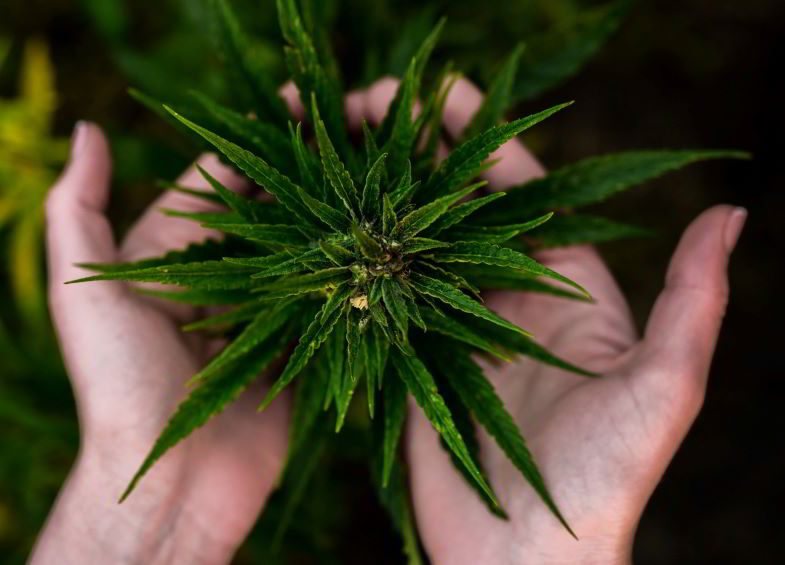

And that’s not all. Producing paper from marijuana plants also has many other advantages:
- Ultra-fast ripening
Cannabis matures in a much shorter time than trees: for a tree to be mature and ready for cutting it is necessary to wait about 20 years, in the case of hemp it takes just a year. - Same area, but higher production
With the same cultivated land, a cannabis plantation allows to obtain a quantity of paper about eight times greater than what could be obtained from the trees. - Reusable many times
Hemp paper can be recycled many times (even up to seven). - Less chemicals and less pollution
To obtain cellulose microfibers cleaned from wood, a series of chemical processes involving the use of acids, petroleum derivatives and chlorine must be performed. To make hemp paper, all this is not needed, as the fibers of cannabis are already very clear in nature. - Possibility of cultivating at km 0
Hemp can be grown almost anywhere, so even near paper mills: a great way to limit pollution from transport.
In short, hemp paper is a material that would allow us to keep intact the very useful green lungs of our planet and limit pollution on various fronts.
As for the product itself, however, it is important to know that hemp paper is much more resistant than the cellulose paper we use daily, it also does not turn yellow (thanks to the low concentration of lignin).
Read also: CBD cannabis: can we bring legal weed on the plane?
To conclude
As we have explained, even in this sector CBD hemp can be seen as an exceptional source of raw materials.
Compared to the past, the industrial techniques to make paper have changed. More and more people are aware that protecting the environment is far more important than the appearance of a sheet of paper.
This means that, probably, with the passage of time, we will have to deal with much more paper produced from hemp and less paper produced from trees: a decidedly positive prospect for our planet!
After this in-depth analysis and if you are a cannabis enthusiast, we invite you to visit our Justbob online store.
Choose from inflorescences of the best genetics, legal hash and CBD oil: we are sure that you will find the right products to complete your collection.
We are waiting for you on our CBD flower shop. See you soon!

